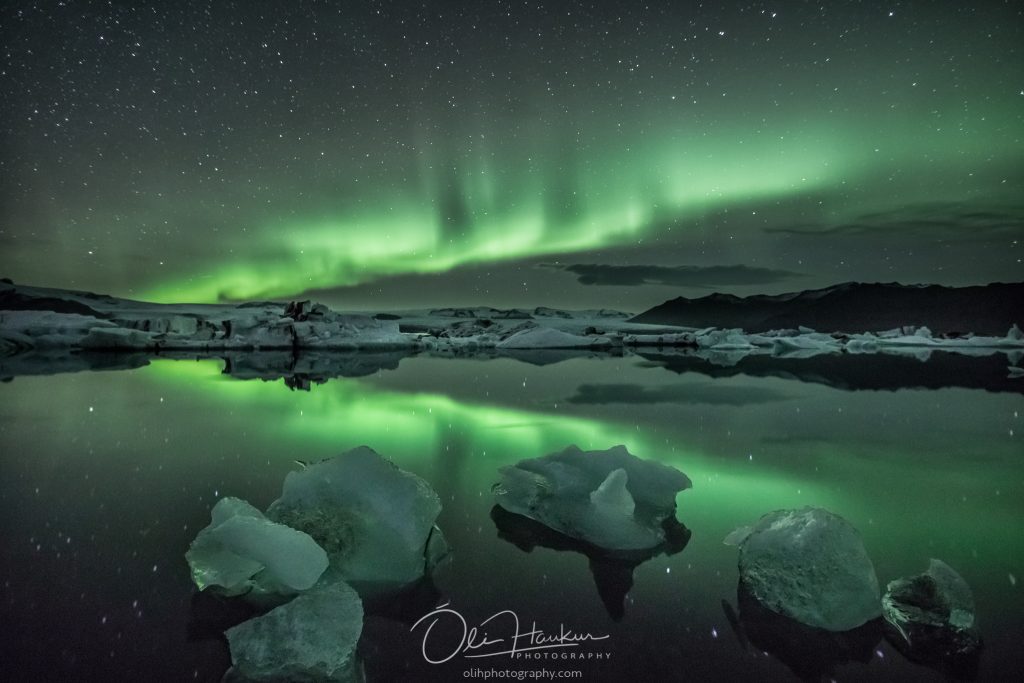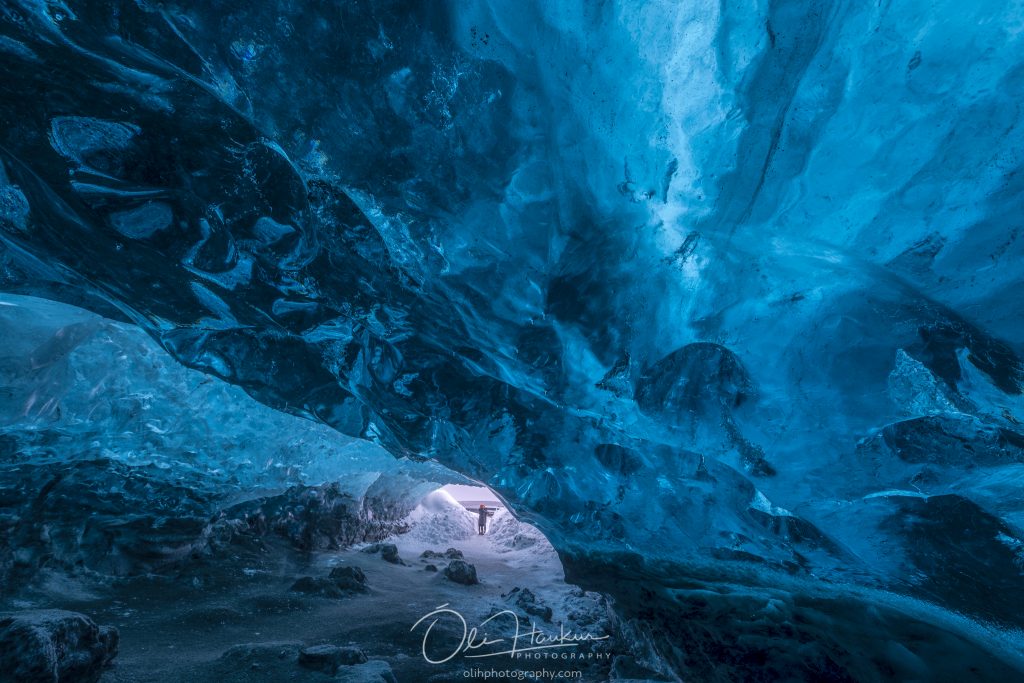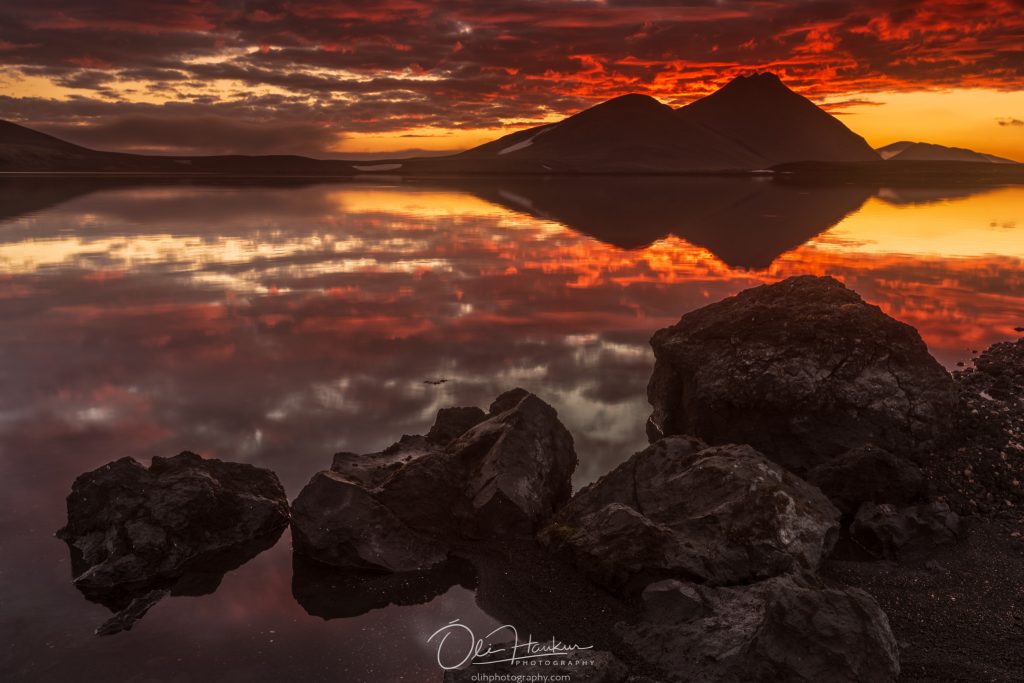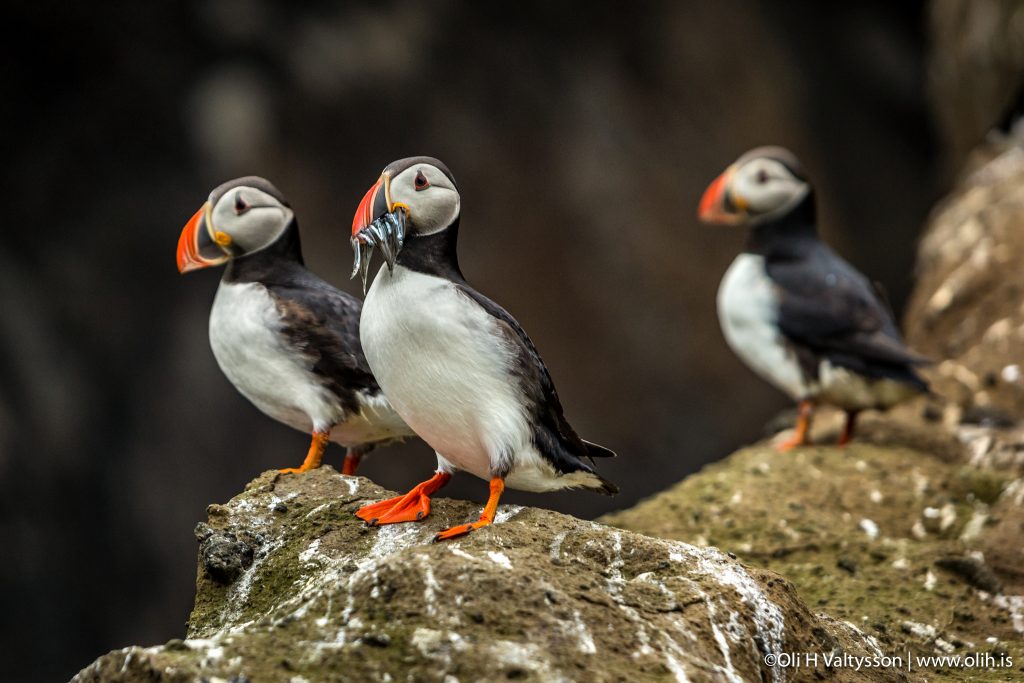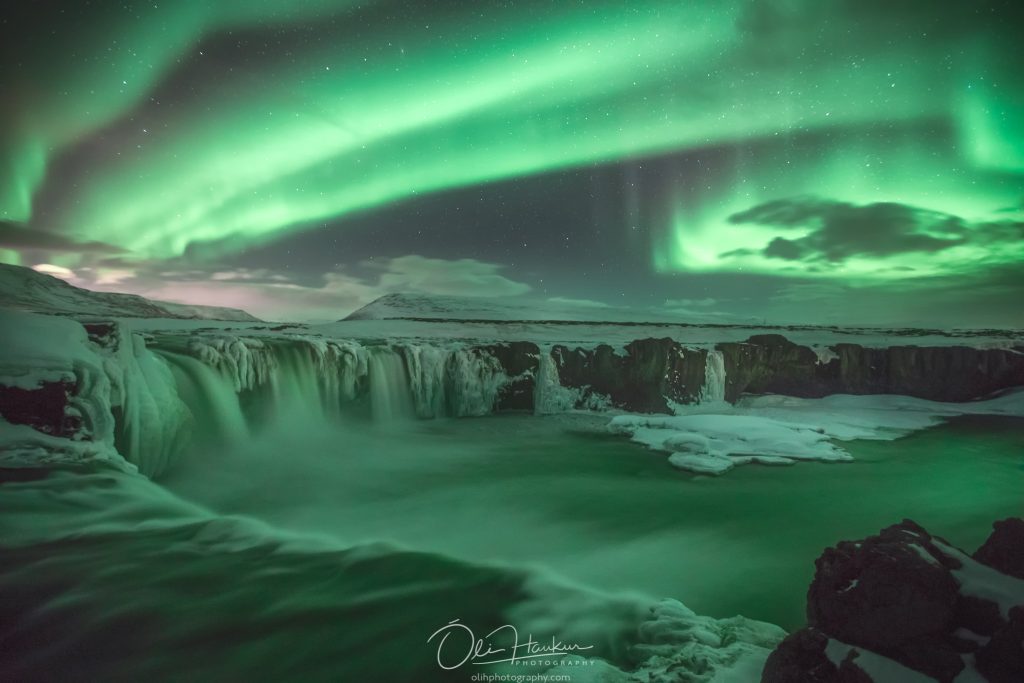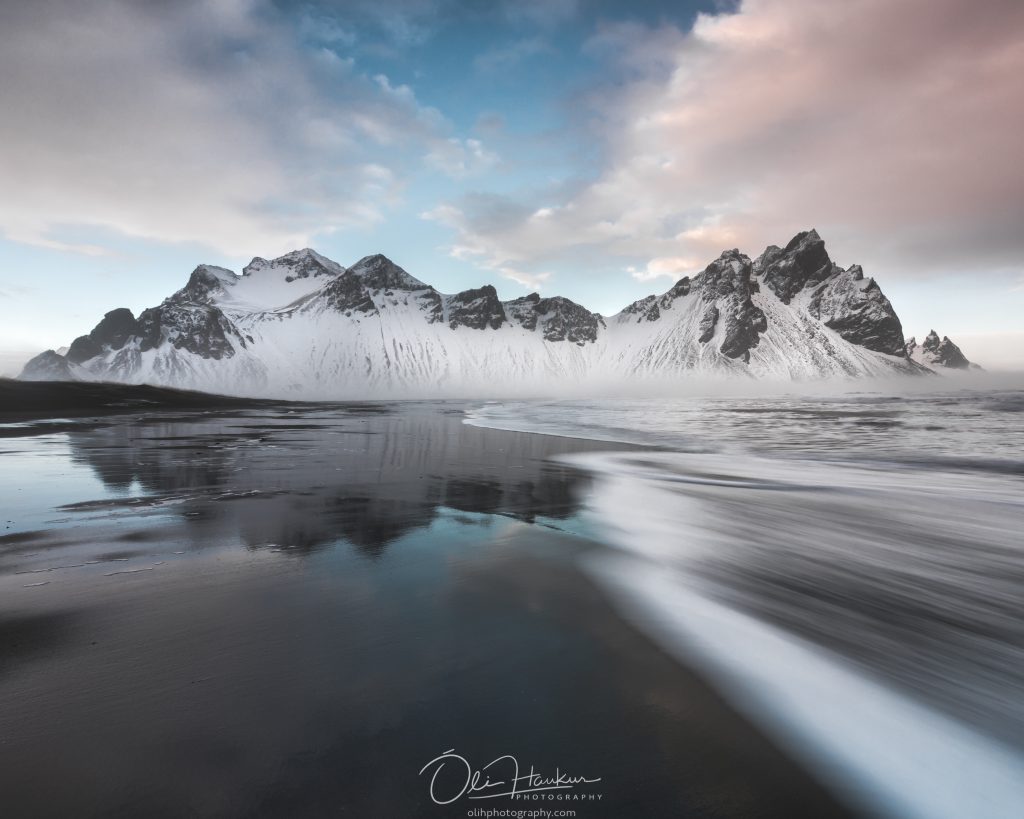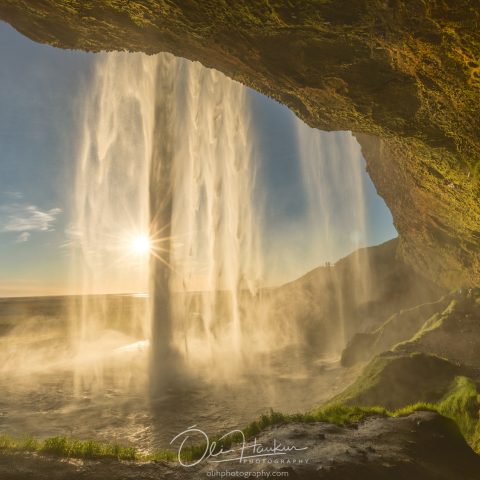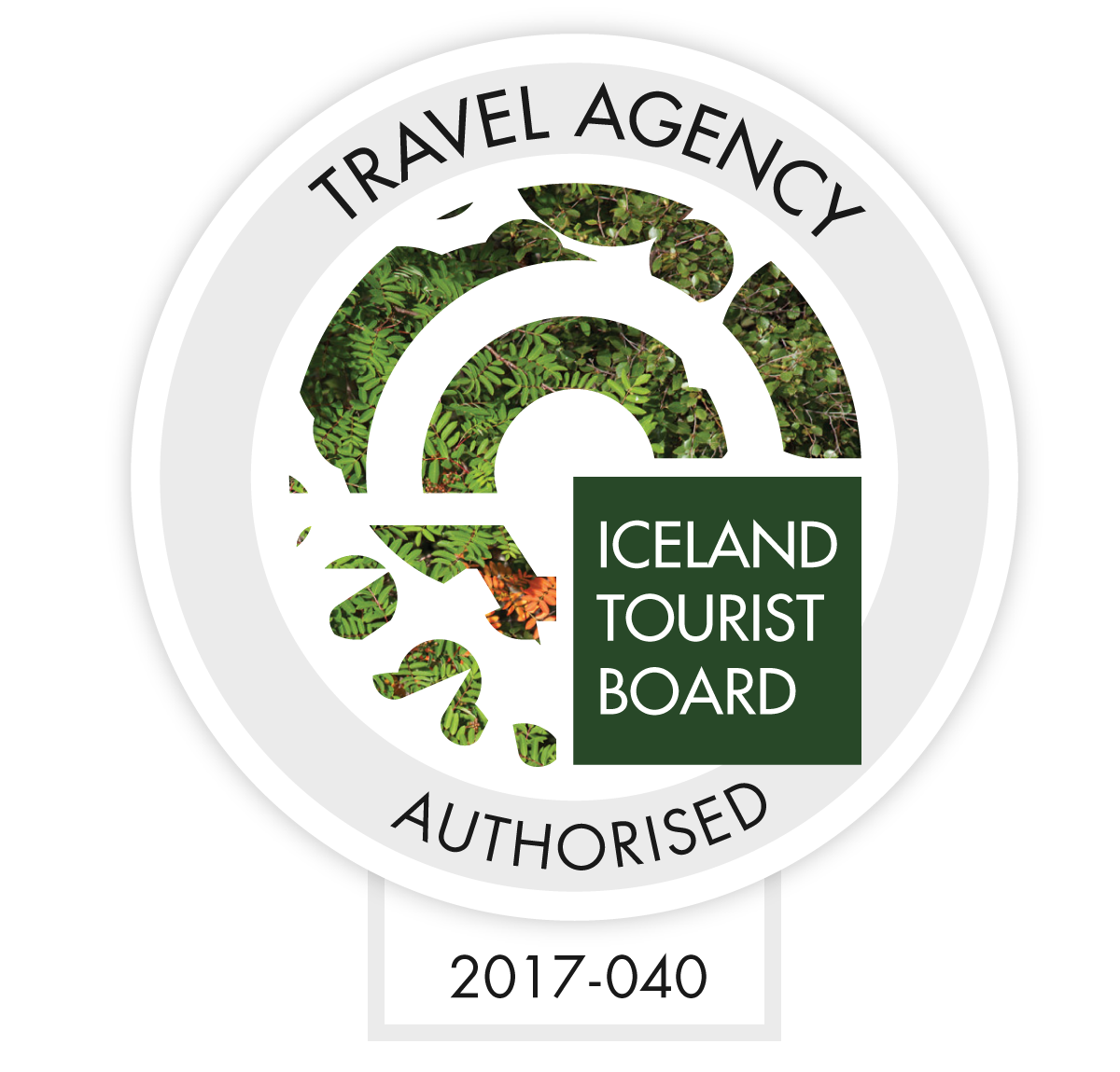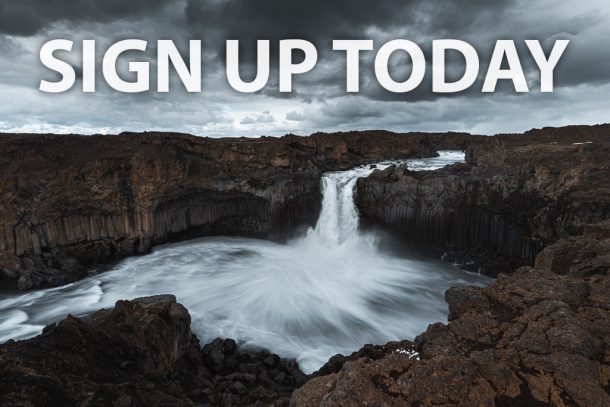When is the right time to visit Iceland? A very common question I receive when helping people to prepare their Iceland journey. Understandably people are planning a tour which might be a once in a lifetime visit and they want to do it at the right moment. As a travel agent I´m bound to give them the straight facts and at the same time help them make the final decision.
But when is the right time for you might not be the right time for the next guy who asks us the same question. I always have to ask a few questions before I can give my final suggestion.
What is it that you are looking for? What do you already know about Iceland? And what are your expectations, what do you want to experience, what do you want to gain from the visit? How many are traveling with you and have any of you been in Iceland before? When is your right time to visit Iceland is not necessarily the best time to visit the island, but it might be the best and most exciting time for you to visit.
Let´s analyze the year in Iceland from the perspective of the traveler, with an emphasizes on the photographer of course.
January – February – March
Is winter the right time for you to visit Iceland? The start of the year is pretty cold and dark in Iceland, even on the southwest coast where the capital city Reykjavik is. It´s windy on the island and the wind can easily make it seem a lot colder than the thermometer says. This is why clothing is VERY important during winter. We recommend you check out our ULTIMATE PACKING LIST FOR A PHOTOGRAPHY TOUR IN ICELAND.
Temperature during winter (winter considered from Nov until March) is 0°C to -5°C in lowland on the South/South-West part – this is the area that the majority of visitors only goes to. How ever on the North part of the island it´s colder -10°C down to -20°C. It gets even colder in the highlands and in the mid section of the island, there it´s easily -20°C or colder … but it´s anyways the inhabitable part of the island and impassable during winter unless using snow scooters.
A very short advice regarding highlands and winter travels – don´t try it. If the locals don´t do it neither should you.
If you’re planning on visiting during those first two months of the year, January and February, make sure you pack warm clothing and proper winter boots especially if you’re planning to tour the island and not only take short walks through the city and visit the cafés in the capital. Those who come for the Northern Lights need to prepare properly for long cold nights. The probability of seeing the lights are quite high but always remember we can´t promise you lights because they are a natural phenomenon and although we sure want to we don´t have any control over them. Only very efficient apps and pretty darn good local knowledge and experience to predict when and where we are likely to see them.
Activities for those traveling with a mixed group of photographers/non-photo-interested there are a lot of extra activities available to name a few: whale watching, fat bike tours on snow, snowmobiling, glacier walks, horseback riding tours, ice caves, numerous museums and exhibitions like Fly Over Iceland, The Viking museum, The Wonders of Iceland, Local Swimming pools are a must especially nice in the dark if it´s snowing, Blue Lagoon, Secret Lagoon, Helicopter tours, Family & Farm Animals Park for those of you traveling with kids… and the options are endless.
Take a virtual tour to an ice cave with Óli and Halli:
Late February and until mid-March is probably the best time to go to Iceland to experience the winter atmosphere, especially photography wise. You´ll maximize the daylight hours and it´s most likely to have snow, frozen lakes and waterfalls and hopefully northern lights sightings as well.
Now if you are mainly coming to our small island in the north to see those magnificent green lights in the sky, I suggest you prepare properly. Maybe even master how to photograph the lights before you come, you can do that by watching our free tutorial.
April – May – June
Spring, late winter early spring – is this your time to visit Iceland?
Early April is still winter, the air temperature is getting warmer 0°C to 5°C. The day is longer but chances of Northern lights is less. Late April – May is a rainy season usually, it´s early spring for the small island it´s still quite cold so the vegetation is still hibernating. It´s almost a non season, no colors and therefore a bit dark and it´s like the seasons are fighting because the weather changes a lot during the day.
Keep in mind Iceland is approx. 4-6 weeks later in the season change than the rest Europe.
Usually the spring wins this battle in late May. Making late May and beginning of June the season when spring colors are starting to bloom. Due to the cold air temperature only small flowers have started peeking out, but the green color on the grass and the moss is a special kind of bright green, due to high water levels in the ground from the melting of snow and underground ice.
So when ever after June 7th you can say summer has started and you could start your journey if the summer is the best season for you. June 17 is the national holiday, the day of independence, for locals the week before marks the beginning of the summer (although the official first day of summer is in the third week of April). The locals take this day very seriously and tend to party all night on the 16th, gather with their families on outings during the day and then keep in partying during the night. This being especially true if the date is close to a weekend.
July – August
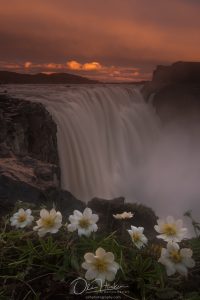 Finally the summer and the most pleasant time to stay if you don´t like the cold. Is this your time to visit Iceland?
Finally the summer and the most pleasant time to stay if you don´t like the cold. Is this your time to visit Iceland?
Most flowers have a late blooming season in Iceland, so most of them start blooming in July-August. Making it certainly the best months to go to Iceland in terms of temperatures and daylight hours although you should keep in mind that prices will be at a premium.
Longest daylight being between June 20 – July 20.
The summer comes with air temperature normally 10°-15°C, a great day would be 20°C and maybe reaching 23°C on a very special day. Yet again the wind has to be taken in to the equation, it´s very seldom to get a completely calm day with no wind. So the best days of 20°C is only if you can find a refuge from the wind.
This is the season of the Midnight Sun – it´s daylight 24 hrs. and the light during the night is beautiful, making late night photographing amazing. Sunrise and sunset happens on the same moment and the light and the colors in the sky are phenomenal.
The only negative thing I can think of might be that in July/August if we have a warm and windy summer, the Glacier Lagoon has the least floating icebergs as they melt and/or float off to sea too quickly, but this can happen all year round. If this happens during your stay don´t worry instead you´ll find seals swimming around and a lot of birds. This is a great season to take a boat ride on the lagoon, and see the glacier wall up close.
July-August would also be the only safe months to schedule a highland tour. The highlands are like I said uninhabitable part of Iceland, locals go there for camping and hiking during summer. It´s very barren but at the same time very beautiful. It´s the part of the island where you´ll find the gaping wounds of the volcanic power this island withholds. The highland roads usually open between June 15-20 depending the weather conditions during winter and spring. The water from the melting snow turns the road into a mud bath, and it´s only when they are sufficiently dry that the government allows any traffic to pass through. Due to swift weather changes in the autumn the date of closing is more vague. But after September 10 usually all traffic up to the mountains is forbidden.
The highlands being our all time favorite place in Iceland. Endless photo opportunities. Less traveled route as you need a special 4×4 vehicle and it requires patience the roads are very rough and you can´t apply normal traveling hours, expect the pace to be down to 25 km pr. hour at the worst sites.
We have made many videos on highland travels, here is one:
You won´t visit Iceland for it´s wildlife but if you do … these are the main animals people come here to see: Whale, Puffin, Horse, Arctic Fox.
If you want to see the puffins, they show up in April/May and leave again in September. There are a few locations you´ll guaranteed get up close and personal encounter of this magnificent and ancient bird. We even have a few up our sleeve, one of the few local secrets we have left. I have never met anyone who didn’t like to Photograph Puffin. They do require a fast camera if you want to shoot them flying, they are very fast.
Take a look at this Puffin video we made:
The Icelandic horse you can see and photograph all year round. In winter it´s especially cool as the animal wears it´s rough winter coat.
Here is a great example of this special breed:
Whales you can see all year round – but remember if you find Iceland cold it´s going to be even colder out on sea. Go porperly dressed or spend the rest of your visit sick in the hotel bed.
Arctic Fox, cool animal but hard to find in the wild. Best option would be going to Westfjords during summer. If you are dead serious about photographing the fox we´ll need to team up with some local wildlife researchers.
First weekend in August you´ll have festivals all over. It´s the only 3 day weekend with a bank holiday called Verslunarmannahelgi, it´s a kind of laborers day for business staff. So with a long weekend the locals go out partying and camping (also likely to be the last chance to go camping for the summer). Be ready for heavy traffic on the main road nr 1 from Thursday to late Monday evening.
Mid August it gets dark again, the nights become longer, it´s also the time locals pack the camping gear away because the temperature during night drops dramatically. Late August we might start to see the first signs of Autumn.
September – October
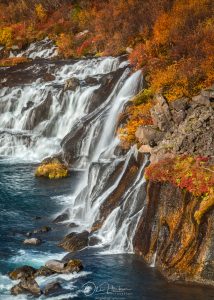 September you can see when locals herd the horses and/or sheep down from the mountains and highlands after roaming free whole summer. Frequently this gathering (named “réttir” in Icelandic) can be expected during second and third weekend in September all over the island.
September you can see when locals herd the horses and/or sheep down from the mountains and highlands after roaming free whole summer. Frequently this gathering (named “réttir” in Icelandic) can be expected during second and third weekend in September all over the island.
In mid-September and October, Iceland becomes more affordable. It depends on the hotels and their location (popularity) usually the dates for reduced price for accommodation are applied between Sept. 15th and Oct 1st.
It´s in September/mid-October that the island wears the Autumn colors, beautiful sunsets and sunrise should be expected. It´s cold but not too cold. Very often we have a mild still season, making it the perfect photography season. We´ll get the first real sightings of the Northern Lights again as it´s getting dark enough. You might find it fascinating to know but Northern lights can also happen during summer, but because t´s too bright we don´t see them.
Late October is again a “non season” and often a rainy season. We do not have any autumn colors left, the snow hasn´t arrived which leaves everything dull and dark to be completely honest.
November – December
November usually kicks in with very low temperatures, Northern Lights are a very common sight. You can expect some snow, even some late fall storms, frozen lakes and waterfalls. It´s a very popular travelling season so be prepared to share the glory with a few other tourists.
If you are in to the Christmas and Holiday spirit you can expect to feel cheerful during your stay. Christmas lights are everywhere and the season brings an extra cheerful feel to the inhabitants.
You can also expect the prices to go up again for the holidays in the end of December. Holiday season here being Dec 23 until Jan 6, although higher prices usually only apply for Dec 24-25, Dec 31-Jan 2nd.
Icelanders are not very religious people but they do take the Christmas and new year seriously and the bank holidays that follow.
In hope this is useful for you and your travel partners. Like I said in the beginning I understand that people are planning a once in a lifetime tour but I must say in the end though that Iceland deserves at least two visits, because the country is very much different during winter and summer.
With all this information and taking everything in to account have you decided for yourself when is the right time to visit Iceland? What season is your season?
When you are ready to book your tour just send us a line enroute@enroute.is
0

